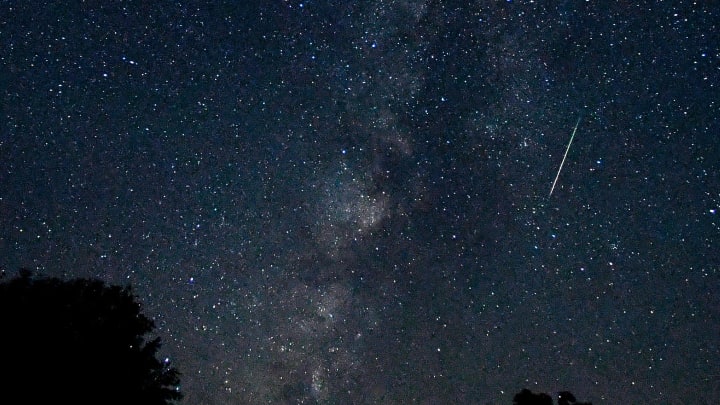Witness the Spectacle: The Perseids Meteor Shower of 2024

The Perseids meteor shower, one of the most anticipated astronomical events of the year, will peak on the nights of August 11th and 12th, 2024. Known for its bright meteors and frequent activity, the Perseids can produce up to 100 meteors per hour under optimal conditions. This celestial display will have significant effects on various national parks across the United States, attracting stargazers and nature enthusiasts alike.
What Are the Perseids?
The Perseids meteor shower occurs annually as the Earth passes through the debris left by the comet Swift-Tuttle. This shower is named after the constellation Perseus, from which the meteors appear to radiate. Typically peaking in mid-August, the Perseids are renowned for producing a high number of bright meteors, or "shooting stars," that can be seen with the naked eye.
Peak Viewing Times in 2024
In 2024, the Perseids are expected to peak on the nights of August 11th and 12th. During the peak, viewers can anticipate seeing up to 100 meteors per hour under ideal conditions. The best time to view the meteor shower is after midnight, when the radiant point in the constellation Perseus is higher in the sky and the sky is darkest.
Best Places to View the Perseids
For the best viewing experience, seek out locations with minimal light pollution and clear skies. Here are some top destinations in the United States:
1. Joshua Tree National Park, California
Joshua Tree offers some of the darkest skies in Southern California, making it an excellent spot for meteor watching. With vast open spaces and elevated viewing points, it’s an ideal destination for witnessing the Perseids.
2. Great Basin National Park, Nevada
Known for its incredibly dark skies, Great Basin National Park provides an excellent setting for stargazing and meteor showers. The park's high elevation and remote location enhance the viewing experience.
3. Cherry Springs State Park, Pennsylvania
Cherry Springs is renowned for its dark skies and is considered one of the best places on the East Coast for stargazing. The park has minimal light pollution, providing an unobstructed view of the night sky.
4. Big Bend National Park, Texas
Big Bend offers some of the darkest skies in North America. Its remote location and clear, dry air make it perfect for watching meteor showers.
Planning and Preparation
To manage the increased visitor numbers, many national parks are implementing specific measures and providing guidelines for visitors. Here are some general tips for those planning to watch the Perseids in a national park:
- Arrive Early: Secure a good spot by arriving at the park early in the evening. This helps avoid traffic congestion and ensures you have enough time to set up for the night.
- Check the Weather: Clear skies are crucial for optimal viewing. Check the weather forecast in advance to ensure favorable conditions.
- Bring Essentials: Pack a blanket or reclining chair, warm clothing, snacks, and plenty of water. A red flashlight can help you navigate without disrupting your night vision.
- Respect Park Guidelines: Follow all park rules and regulations, including those regarding camping and nighttime lighting. Leave no trace to help preserve the natural beauty of the park.
